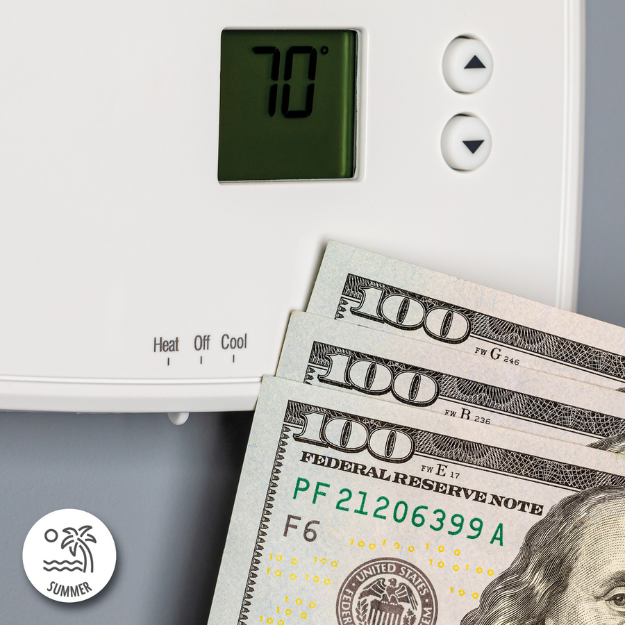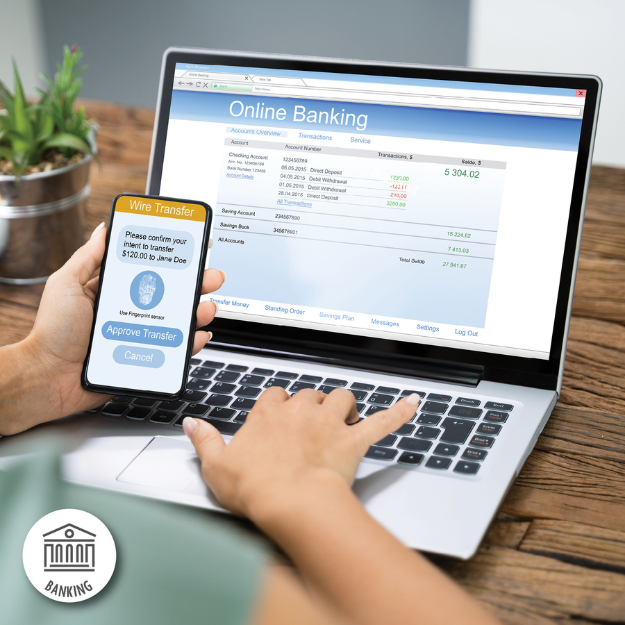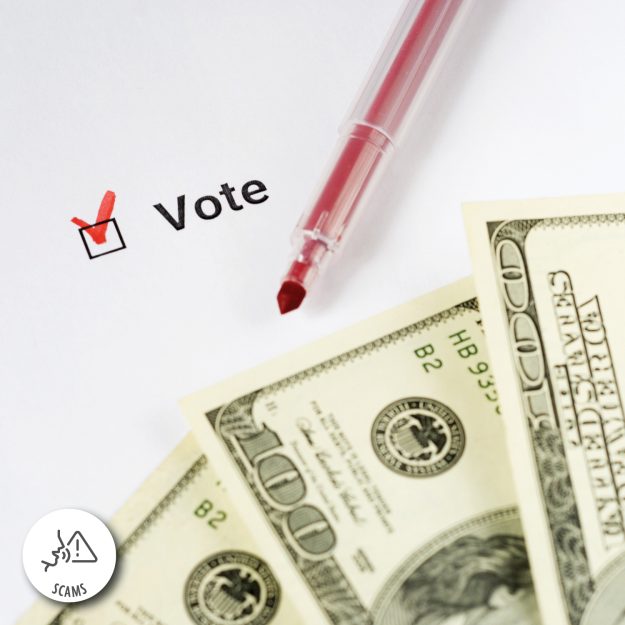What I Wish I Learned in School About Money Management 8 of 12: The Basics of Investing
Everyone dreams of becoming an investor but taking that first step into the market can feel overwhelming. Where should you begin? Which investments align with your goals?
So many questions, and we’ve got answers! Here’s what you need to know about investing to get started.
What is investing?
At its core, investing means putting your money into something with the expectation that it will grow in value over time. Investments can take many forms, including:
- Stocks-shares of ownership in a company.
- Bonds-loans you give to governments or corporations in exchange for interest.
- Mutual funds-pools of money from many investors used to buy a mix of stocks and bonds.
- Exchange-traded funds (ETFs)-similar to mutual funds but traded like individual stocks.
- Commodities-like gold or oil.
- Real estate-whether commercial or residential
Why invest?
Investing is crucial for long-term financial growth. Here’s why:
- Beat inflation. Investing helps your money grow at a rate that can outpace inflation.
- Build wealth. Consistent investing — even in small amounts — can add up over time thanks to compound interest, where you earn returns on your original investment and the returns you’ve earned.
- Reach financial goals. Whether you’re saving for retirement, a home or your child’s education, investing can help you get there faster than by saving alone.
Types of investments: the big three
- Stocks. When you buy a stock, you’re buying a piece of a company. If the company performs well, the stock’s value may rise, and you will likely get dividends, or a share of the company’s profits. Stocks can offer high returns, but they come with higher risk.
- Bonds. Bonds are generally more stable. When you buy a bond, you’re essentially lending money to a company or the government. In return, they promise to pay you back with interest.
- Mutual funds and ETFs. These are collections of investments managed by professionals (mutual funds) or following an index (ETFs). They offer diversification, which spreads out your risk by investing in several companies or sectors at once.
Risk and reward: finding the balance
Every investment carries risk, which means you can lose money. Generally, the higher the potential reward, the greater the risk. Your risk tolerance depends on factors like your age, financial goals, time horizon (when you’ll need the money) and your personal comfort with market fluctuations.
The power of compound interest
One of the most powerful forces in investing is compound interest. Let’s say you invest $1,000 and earn a 7% annual return. After one year, you’ll have $1,070. The next year, you earn interest on $1,070 — not just your original $1,000. Over time, that snowball effect can lead to massive growth.
Getting started
Here’s how to jump into the world of investing in five easy steps:
- Clarify your goals.
- Build an emergency fund first with three to six months’ worth of expenses saved.
- Start with tax-advantaged accounts, like a 401(k), IRA or Roth IRA.
- Choose a platform. You can invest through a brokerage account like Fidelity, or a robo-advisor like Betterment.
- Start small and stay consistent — even $50 a month adds up.
Investing tips for beginners
- Diversify. Spread your investments across different asset classes and markets.
- Think long-term. Expect fluctuations in the market and don’t panic over short-term drops. They rarely affect your overall net gain.
- Avoid trying to time the market. No one can predict exactly when to buy or sell. Time in the market usually beats timing the market.
- Stay educated. Read books, follow financial blogs and/or listen to podcasts on investing to deepen your understanding.
Start now, stay steady and watch your money grow.




















